Russian Volcano Erupts for the First Time in Over 500 Years
By DumbLittleMan
August 4, 2025 • Fact checked by Dumb Little Man
The world is witnessing a rare geological event as a Russian volcano erupts for the first time in centuries. The Krasheninnikov volcano, located on the Kamchatka Peninsula, roared to life this week in what scientists describe as its first historically confirmed eruption. The eruption occurred in one of the most remote regions of Russia’s Far Eastern Kamchatka, sending a massive ash plume into the sky and triggering an immediate tsunami warning across the surrounding Pacific Ocean region.
Russian Volcano Erupts: A Dormant Giant Awakens
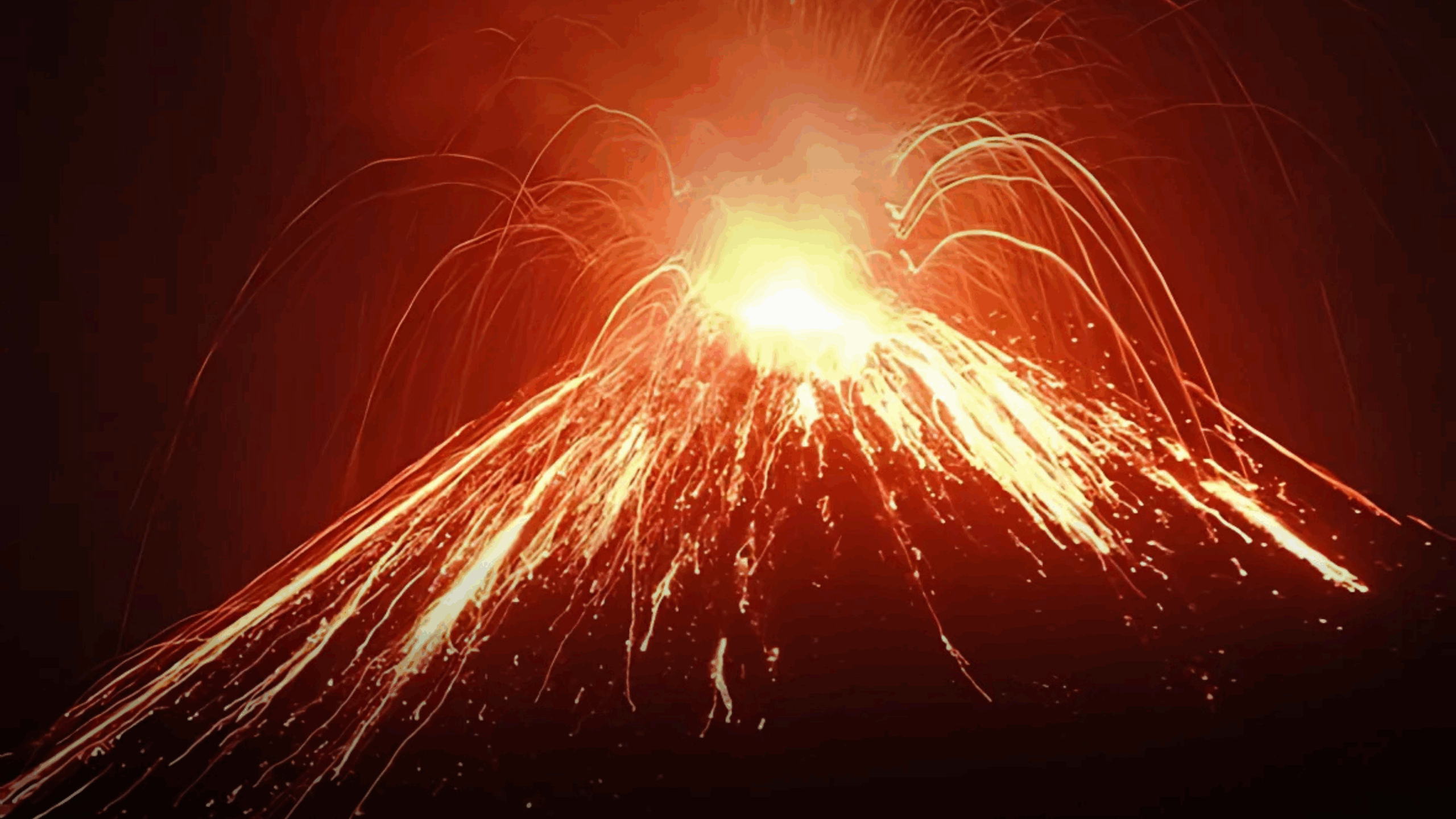
Experts confirm that the Krasheninnikov volcano, part of the eastern volcanic belt, is located in Russia's Far Eastern Kamchatka Peninsula, within the Kronotsky Reserve. The volcano's activity had not been observed for the first time in 600 years, and this marks the first time in 600 years that the eruption occurred, with early signs of moderate explosive activity reported by observers stationed near the Kronotsky Nature Reserve.
Local geologists believe a massive earthquake, part of the seismic activity in the Pacific Ring of Fire, triggered the eruption. The volcano is located in the eastern part of the Kamchatka Peninsula, and the ash plume is spreading east. The tremors destabilized magma chambers deep underground, eventually leading to the explosive event, highlighting the geological activity of the earth in this region.
Immediate Response and Warnings
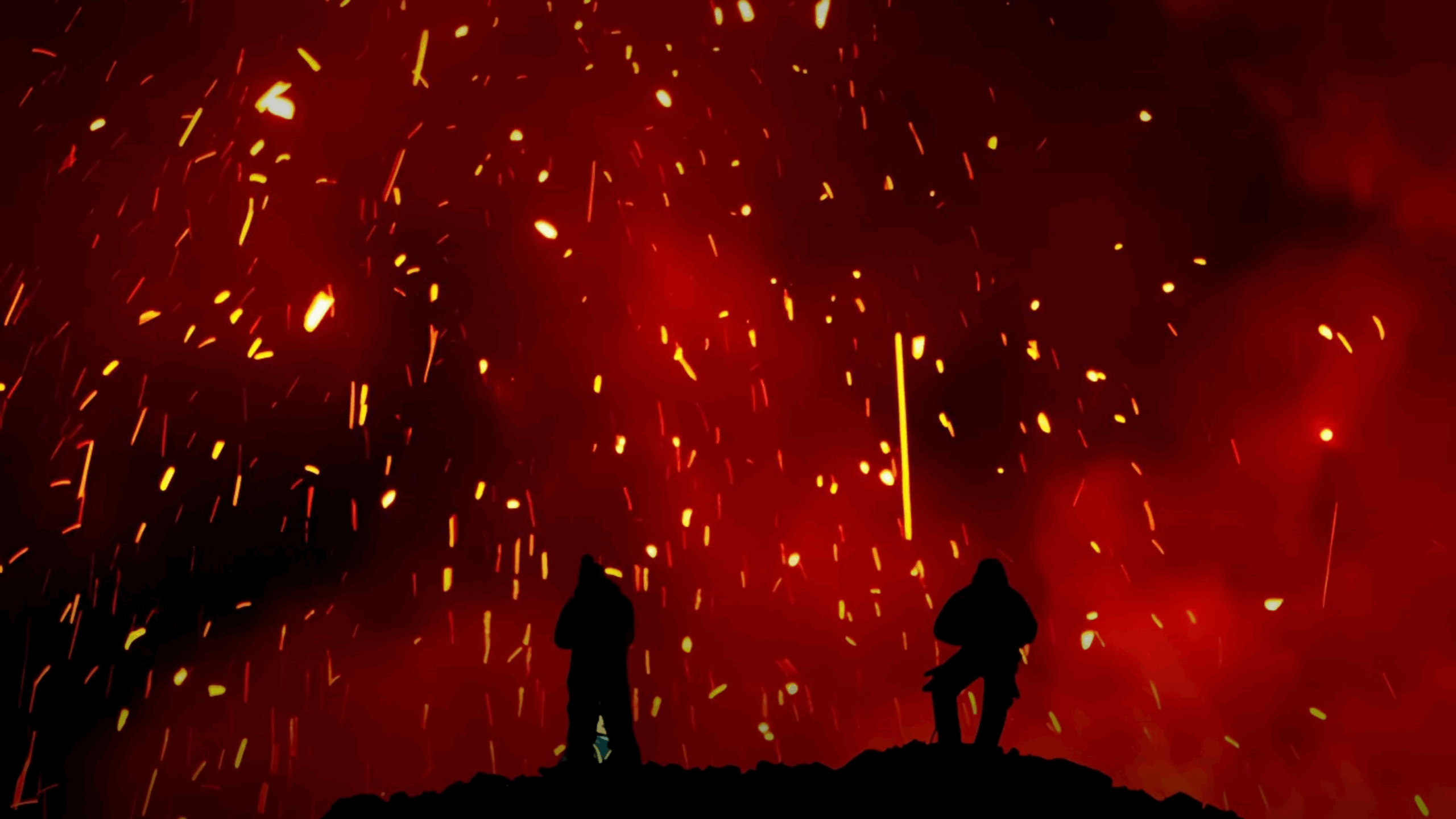
The Kamchatka Volcanic Eruption Response was swift. Russia's ministry issued official reports and coordinated with local authorities. Emergency services activated evacuation protocols for nearby inhabited localities, although no densely populated areas were directly in the path of lava or ash. The volcanic eruption response team was dispatched within hours to monitor gas emissions, lava flow, and seismic changes.
State media provided updates, and images released showed the scale of the eruption.
Kamchatka’s emergencies ministry wrote in an official statement that “while the immediate threat to human life is low, residents and maritime traffic must remain alert to possible tsunami waves and ongoing ash cloud hazards.” Tsunami warnings were issued for three areas, including Kamchatka, Japan, and Hawaii.
Ash Plume Spreading Eastward
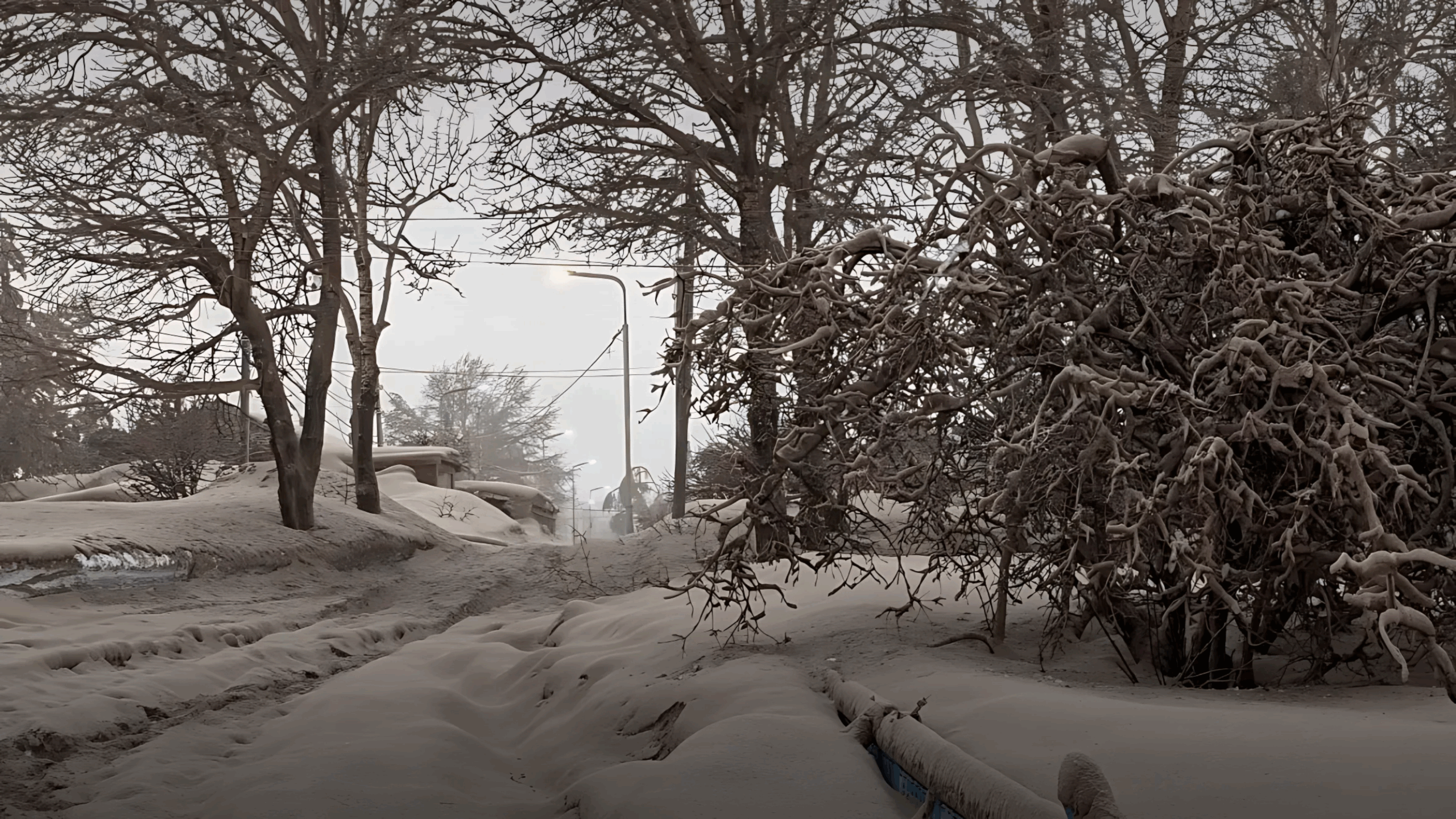
Satellite imagery shows the ash plume rising high into the sky as it spreads eastward over the Pacific Ocean. Dense layers of ash rising to altitudes of more than 10 kilometers have already reached shipping lanes, prompting air traffic reroutes. Pilots are warned of dense clouds that could damage aircraft engines.
Scientists are comparing the event to the 2022 eruption of Tonga’s Hunga Tonga-Hunga Ha’apai volcano, which also caused global air traffic disruptions. However, the current incident remains more localized for now.
ALSO READ: Best App to Learn Russian For Effective And Quick Learning In 2025
Rare and Historic Event
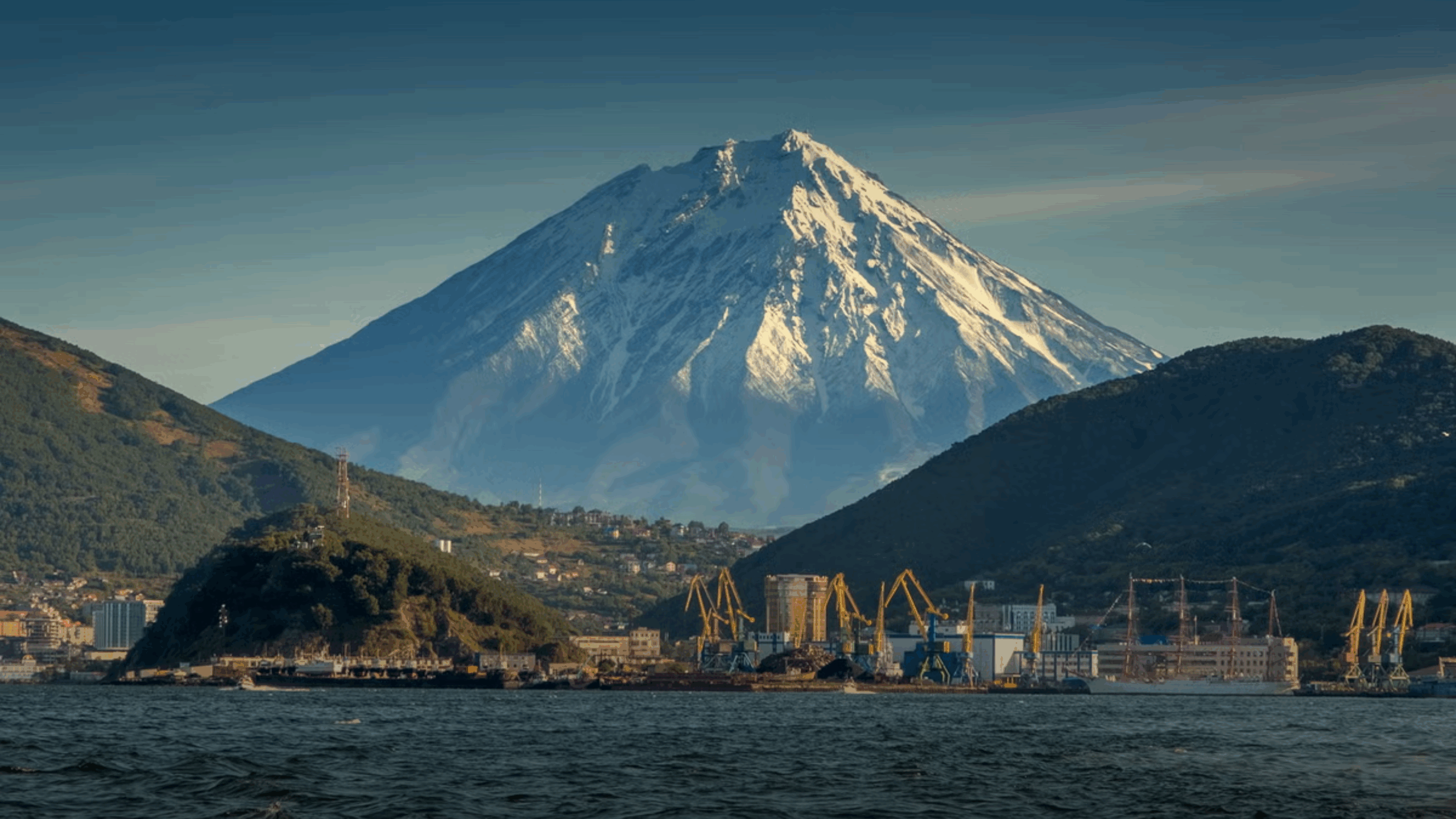
This eruption is not just rare—it is monumental. The official record lists Krasheninnikov‘s last eruption as occurring over 600 years ago. Volcanologists note that this is the first historically confirmed eruption of the Krasheninnikov volcano and one of only a handful of such awakenings in the last millennium. The fact that the volcano erupts for first time in over 500 years offers a unique opportunity to study its structure, magma composition, and eruption patterns.
For researchers, this first-time event could shed light on how active volcanoes in the eastern volcanic belt interact with tectonic shifts. This event is of great interest to the field of volcanology, as it provides new data on dormant volcanoes. It may also improve prediction models for future eruptions in similarly dormant volcanic systems across Central America and the Pacific.
Risk to Populated Areas Remains Low
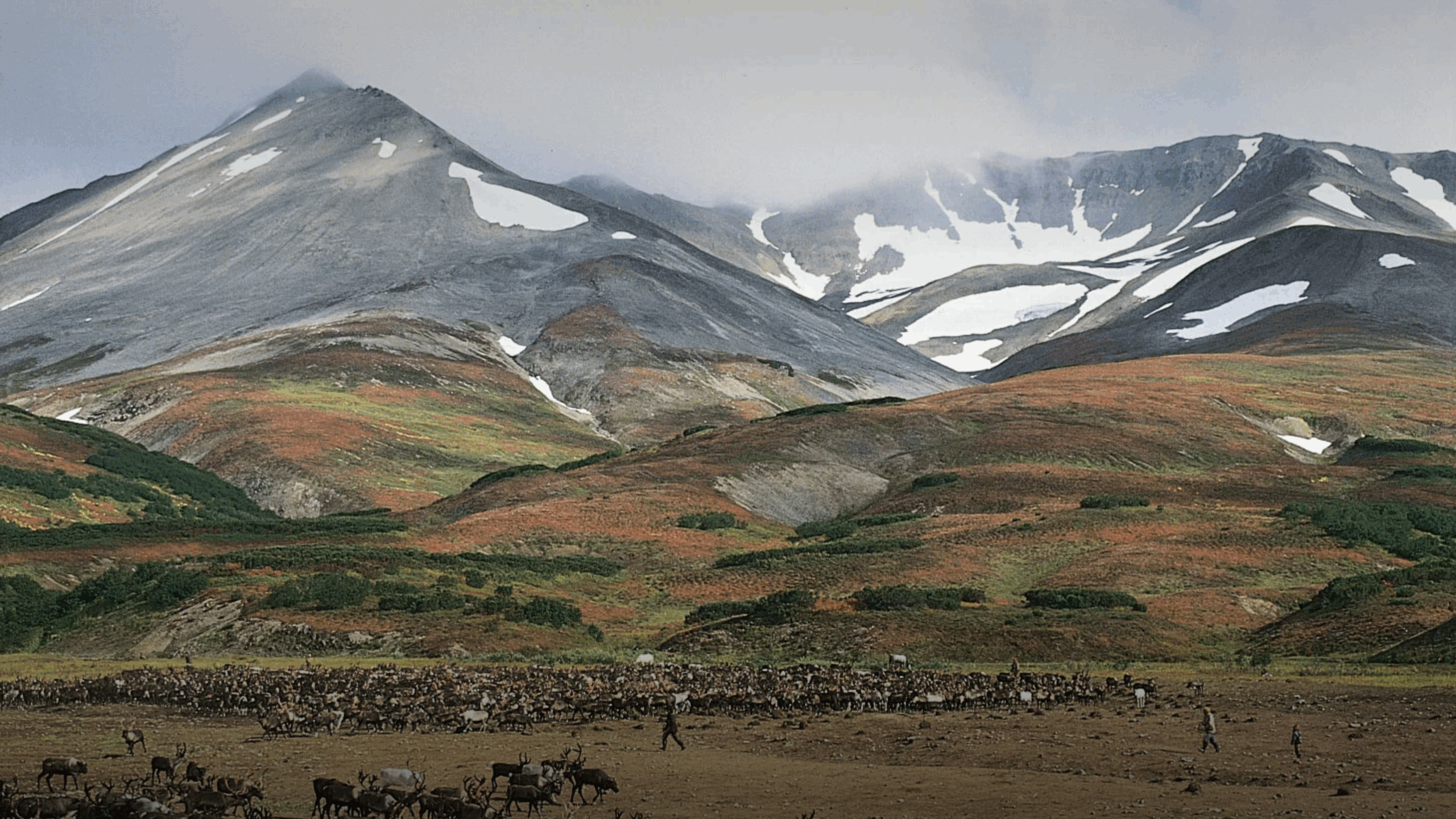
Although the eruption is dramatic, the populated areas near the Kamchatka Peninsula are relatively far from the volcano’s crater. The volcanic eruption response team has set up monitoring stations to track any potential lava flows or pyroclastic surges. For now, the main concern is the ash cloud and its impact on aviation, shipping, and the environment.
Lessons from Past Eruptions
The nearby Klyuchevskoy volcano, one of the most active volcanoes in the region, has erupted multiple times in recent decades. Russia's authorities are coordinating with international agencies to ensure effective monitoring and response. Tsunami warnings were also issued for Japan, Hawaii, New Zealand, and the Kuril Islands due to the recent quake and its potential impact. According to a report from the Associated Press, the quake triggered concerns about further volcanic activity in the Pacific Ring of Fire. Olga Girina, head of the Kamchatka Volcanic Eruption Response Team, provided expert commentary on how seismic events can cause volcanoes to erupt and emphasized the importance of preparedness. The Kamchatka volcanic eruption response relies on coordinated efforts between Russia’s ministry, local scientists, and international monitoring agencies.
International Coordination
Given the possible risk of tsunami waves reaching the Pacific islands south of Russia, regional partners are maintaining close contact. The tsunami warning remains in effect for low-lying coastal zones, though wave activity has so far been minimal.
International aviation authorities are also sharing data on the ash plume, with flight paths adjusted across the North Pacific. Cargo routes between Asia and Central America are being monitored for potential disruptions.
Why This Eruption Matters
For scientists, this eruption is more than a headline—it is a rare geological window. A volcano erupts after being dormant for centuries only a handful of times in human history. The fact that the Krasheninnikov volcano erupts for the first time in such a long period makes it an invaluable case for studying volcanic reactivation.
For locals, however, it is a stark reminder of the unpredictable nature of living in the eastern volcanic belt. The balance between awe and caution is clear: admire nature’s power, but respect its dangers.
Government Measures Moving Forward
Authorities have announced that emergency services will remain on high alert for at least two weeks. The eruption began late Sunday. Environmental teams will track air quality, while the volcanic eruption response team continues to assess the stability of the caldera.
Officials stress that while the eruption appears to be stabilizing, ongoing tremors have been monitored since Sunday and could trigger secondary explosions or landslides in the Kronotsky Nature Reserve area.
Why This Eruption Matters Beyond Russian
The Russian volcano awakening is a humbling reminder of Earth’s raw power. The eruption of the Krasheninnikov volcano—its first time in centuries—comes with both scientific value and real-world consequences. It is a rare chance to study a reawakened active volcano and to prepare for similar events in the Pacific Ocean basin.
As the ash plume drifts and the eruption slowly subsides, scientists and authorities alike will watch closely. After all, when a volcano erupts for the first time in hundreds of years, it is not just a local event—it is a global story.


